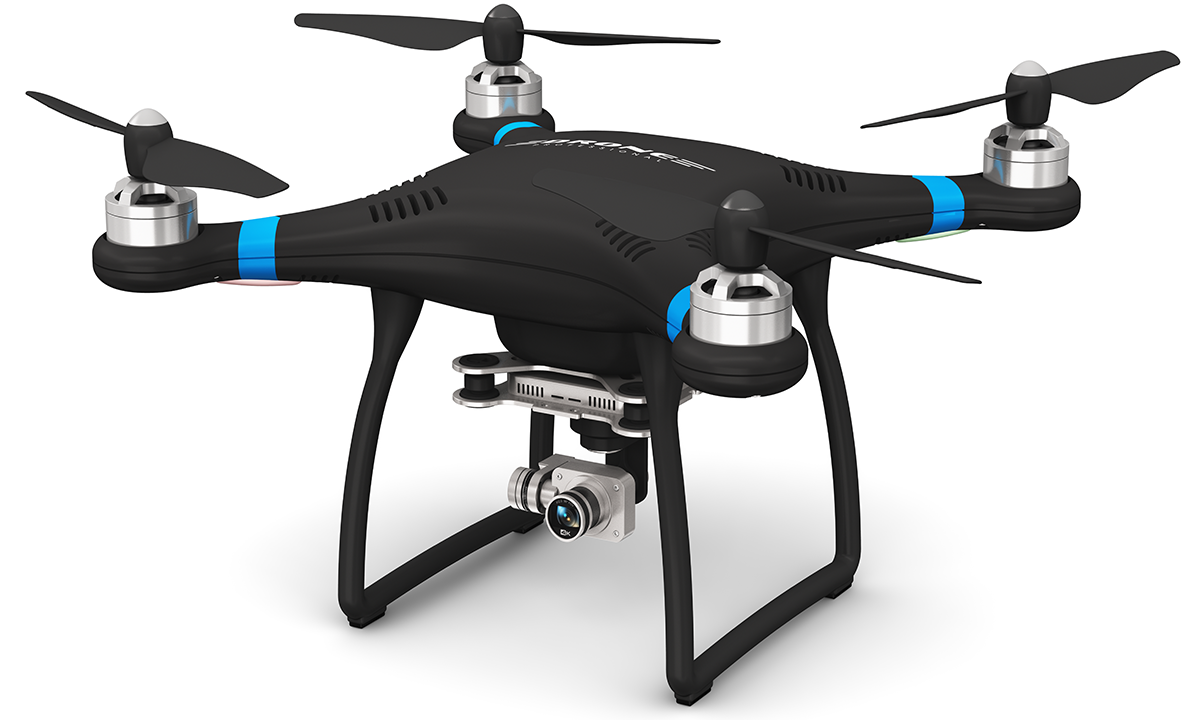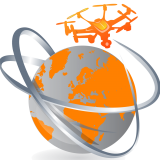Drone Services DorsetThe 3 Main Licencing Options
- Charitable Work
- Commercial PFCO Pilot
- Special Operations Case (SOC)
No licence required
If your drone is under 2kg
If you are flying on your own private land the drone may be up to 25kg
What You Need to Do
You need to do 2 things:
- Get an ARN (Aviation Reference Number) by completing this 5min online form
- Notify CASA by completing this 1min online form
When It Expires
Your approval from CASA is valid for 2 years, it’s free to renew after 2 years
More Details
CAA Guidelines
- There are strict laws for UAVs which need to be adhered to, so please read on:
- Failure to comply with the UK regulations can result in prosecution.
- The regulation of UAV usage in the UK is based on the following principles. This is a summary of a complex set of rules and should not be relied upon as a complete statement of the requirements.
- UAV regulations in the UK generally apply to machines weighing 20kg or less. Larger machines are subject to more stringent requirements.
- A distinction is made between UAVs used for recreational purposes and those used for commercial gain. For commercial gain, an operator must hold certain CAA qualifications and have received permission from CAA for the activities in question.
- There are specific proximity requirements when undertaking what is referred to as ‘surveillance’. This generally relates to aerial photography or film making, which is a feature of most UAV activities.
- A person in charge of a UAV must not fly the aircraft in any of the following circumstances except in accordance with a permission issued by the CAA:
- Over or within 150 metres of any congested area (defined as any area of a city, town or settlement which is substantially used for residential, industrial, commercial or recreational purposes); this is reduced to 50m for UAVs in the 7kg and below category.
- Over or within 150 metres of an organised open-air assembly of more than 1,000 person.
- Within 50 metres of any person, vessel, vehicle or structure which is not under the control of the person in charge of the aircraft (during take-off or landing this may be reduced to 30 metres or less if attendant persons are under the control of the person in charge of the aircraft).
- The person in charge of a small unmanned aircraft must maintain direct, unaided visual contact with the aircraft sufficient to monitor its flight path in relation to other aircraft, persons, vehicles, vessels and structures for the purpose of avoiding collisions (noted in the regulations as no more than 400ft vertically and 500m horizontally from the pilot).
For further information please contact a member of the team here
Remote Pilot Licence required
If your drone is over 2kg
And you wish to fly for someone else’s drone business
Do a Remote Pilot Course (RePL)
Typically 5 day course, covering theory and practical Or do the theory part online + 2 days practical
When It Expires
No expiration for RePL’s (no renewal required)
Minimum age is 17
More Details
CAA Guidelines
- There are strict laws for UAVs which need to be adhered to, so please read on:
- Failure to comply with the UK regulations can result in prosecution.
- The regulation of UAV usage in the UK is based on the following principles. This is a summary of a complex set of rules and should not be relied upon as a complete statement of the requirements.
- UAV regulations in the UK generally apply to machines weighing 20kg or less. Larger machines are subject to more stringent requirements.
- A distinction is made between UAVs used for recreational purposes and those used for commercial gain. For commercial gain, an operator must hold certain CAA qualifications and have received permission from CAA for the activities in question.
- There are specific proximity requirements when undertaking what is referred to as ‘surveillance’. This generally relates to aerial photography or film making, which is a feature of most UAV activities.
- A person in charge of a UAV must not fly the aircraft in any of the following circumstances except in accordance with a permission issued by the CAA:
- Over or within 150 metres of any congested area (defined as any area of a city, town or settlement which is substantially used for residential, industrial, commercial or recreational purposes); this is reduced to 50m for UAVs in the 7kg and below category.
- Over or within 150 metres of an organised open-air assembly of more than 1,000 person.
- Within 50 metres of any person, vessel, vehicle or structure which is not under the control of the person in charge of the aircraft (during take-off or landing this may be reduced to 30 metres or less if attendant persons are under the control of the person in charge of the aircraft).
- The person in charge of a small unmanned aircraft must maintain direct, unaided visual contact with the aircraft sufficient to monitor its flight path in relation to other aircraft, persons, vehicles, vessels and structures for the purpose of avoiding collisions (noted in the regulations as no more than 400ft vertically and 500m horizontally from the pilot).
For further information please contact a member of the team here
Business licence required
If your drone is over 2kg
And you wish to set up your own drone business and work directly with customers
Do a Remote Operators Certificate course (ReOC)
Typically a 5 day course, covering theory and practical Or do the theory part online + 2 days practical
When It Expires
A ReOC is valid for 1 year, to be renewed annualy.
More Details
CAA Guidelines
- There are strict laws for UAVs which need to be adhered to, so please read on:
- Failure to comply with the UK regulations can result in prosecution.
- The regulation of UAV usage in the UK is based on the following principles. This is a summary of a complex set of rules and should not be relied upon as a complete statement of the requirements.
- UAV regulations in the UK generally apply to machines weighing 20kg or less. Larger machines are subject to more stringent requirements.
- A distinction is made between UAVs used for recreational purposes and those used for commercial gain. For commercial gain, an operator must hold certain CAA qualifications and have received permission from CAA for the activities in question.
- There are specific proximity requirements when undertaking what is referred to as ‘surveillance’. This generally relates to aerial photography or film making, which is a feature of most UAV activities.
- A person in charge of a UAV must not fly the aircraft in any of the following circumstances except in accordance with a permission issued by the CAA:
- Over or within 150 metres of any congested area (defined as any area of a city, town or settlement which is substantially used for residential, industrial, commercial or recreational purposes); this is reduced to 50m for UAVs in the 7kg and below category.
- Over or within 150 metres of an organised open-air assembly of more than 1,000 person.
- Within 50 metres of any person, vessel, vehicle or structure which is not under the control of the person in charge of the aircraft (during take-off or landing this may be reduced to 30 metres or less if attendant persons are under the control of the person in charge of the aircraft).
- The person in charge of a small unmanned aircraft must maintain direct, unaided visual contact with the aircraft sufficient to monitor its flight path in relation to other aircraft, persons, vehicles, vessels and structures for the purpose of avoiding collisions (noted in the regulations as no more than 400ft vertically and 500m horizontally from the pilot).
For further information please contact a member of the team here


